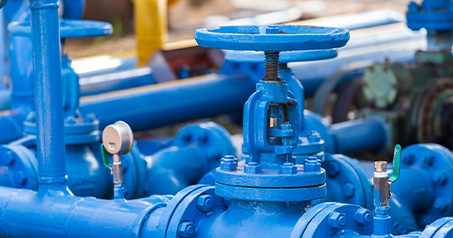Říj . 18, 2024 16:42 Back to list
Understanding the Functionality and Importance of Hose Check Valves in Fluid Systems
Understanding Hose Check Valves Function and Importance
Hose check valves are essential components in various fluid handling systems, providing a convenient solution to prevent backflow in hoses and pipes. In a world where maintaining the integrity of fluid systems is crucial, understanding the role, benefits, and applications of hose check valves can help ensure optimal performance.
What is a Hose Check Valve?
A hose check valve is a type of one-way valve designed to allow fluid to flow in one direction while preventing it from flowing back in the opposite direction. These valves are typically installed along the hose or pipeline and function based on differences in pressure. When fluid flows in the intended direction, the valve opens, allowing the fluid to pass through. However, if the pressure changes and attempts to push the fluid backward, the valve automatically closes, creating a tight seal that prevents any reverse flow.
Key Benefits of Hose Check Valves
1. Backflow Prevention The primary function of hose check valves is to prevent backflow. This is crucial in situations where contaminants might be present in the system, as backflow can lead to contamination of clean fluids. Industries such as agriculture, water treatment, and chemical processing greatly benefit from this feature.
2. System Integrity By preventing reverse flow, hose check valves help maintain the integrity and efficiency of a fluid system. This can reduce wear on other components, minimize leaks, and decrease the risk of equipment failure, leading to enhanced system longevity.
3. Ease of Installation Hose check valves are typically designed for quick and easy installation. Many models feature standard connections that can be adapted to fit various hose types and sizes. This makes them an ideal choice for both temporary and permanent setups.
hose check valve

4. Cost-Effectiveness By preventing backflow-related issues, hose check valves can save considerable maintenance costs over time. They can help avoid costly repairs and downtime associated with system failures caused by reverse flow.
5. Versatility Hose check valves can be used in a wide range of applications, from irrigation systems to industrial machinery. Their versatility makes them an indispensable tool in many sectors, including agriculture, construction, and manufacturing.
Applications of Hose Check Valves
Hose check valves are widely used in various applications. In irrigation systems, they prevent water from flowing back into the supply line, ensuring that nutrients and fertilizers remain in the intended areas. In industrial settings, they are utilized to manage fluid transfer between tanks, preventing backflow during fills or transfers.
In fire protection systems, hose check valves are essential to ensure that water flows in only one direction, safeguarding the integrity of the firefighting system. Additionally, they are commonly used in pumps and compressors to maintain operational efficiency.
Conclusion
In summary, hose check valves play a vital role in fluid handling systems by preventing backflow and maintaining system integrity. Their ease of installation, cost-effectiveness, and versatility make them essential components across various industries. By understanding the importance of these valves, engineers and operators can effectively manage and enhance their fluid systems, ensuring safety and efficiency in operations. As technology continues to advance, the design and capabilities of hose check valves are likely to evolve, further contributing to their significance in fluid management solutions.
-
Types of Thread Gauge BSP Parallel DesignNewsAug.04,2025
-
Ring Gauge Cylindrical Check ApplicationNewsAug.04,2025
-
Machinist Gauge Pins GCr15 MaterialNewsAug.04,2025
-
Gate Valves for Sale Sewage System UseNewsAug.04,2025
-
Control Valve EPDM Seal MaterialNewsAug.04,2025
-
Cast Iron Y Type Strainer Flange Cover DesignNewsAug.04,2025
Related PRODUCTS









